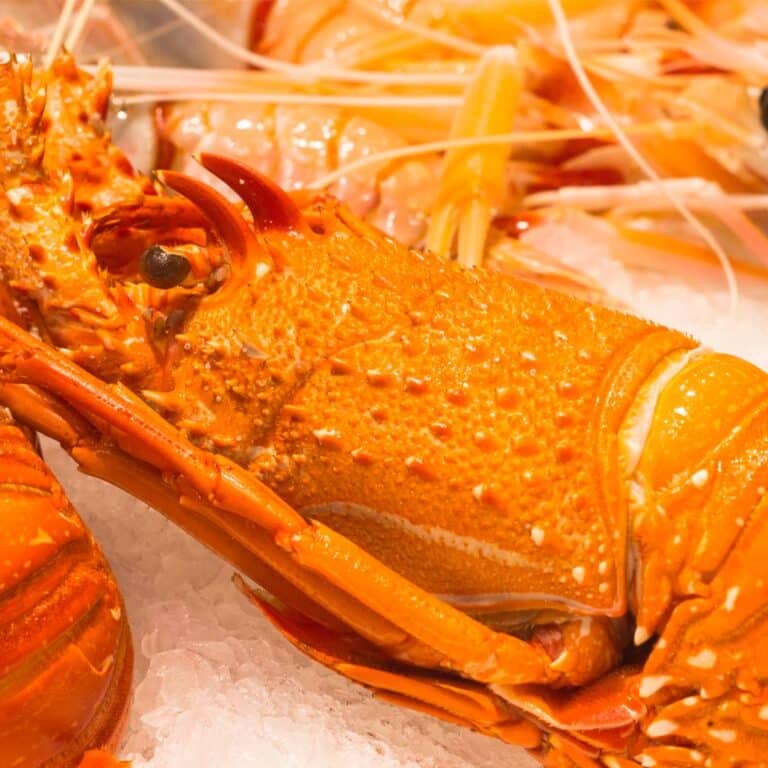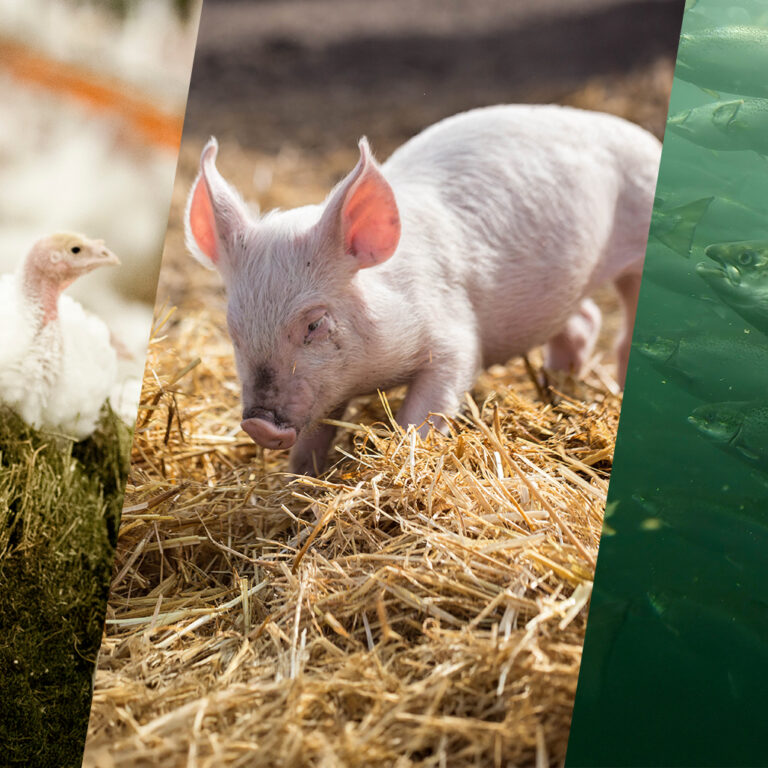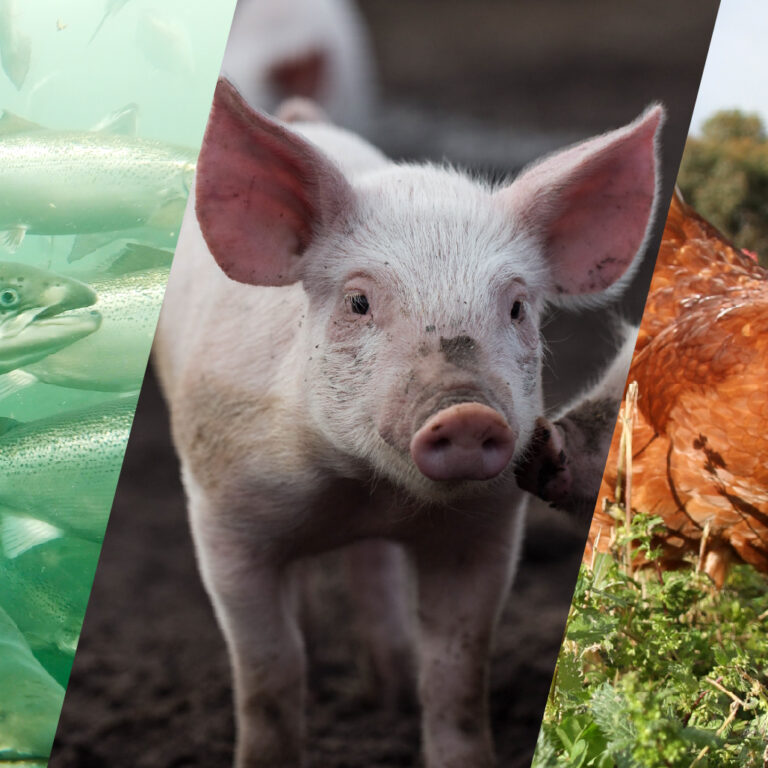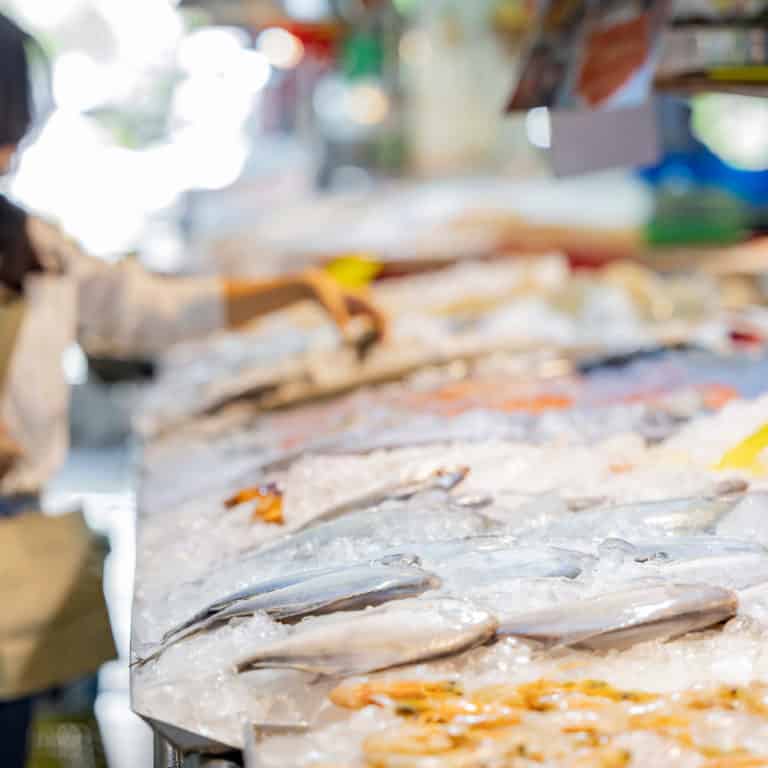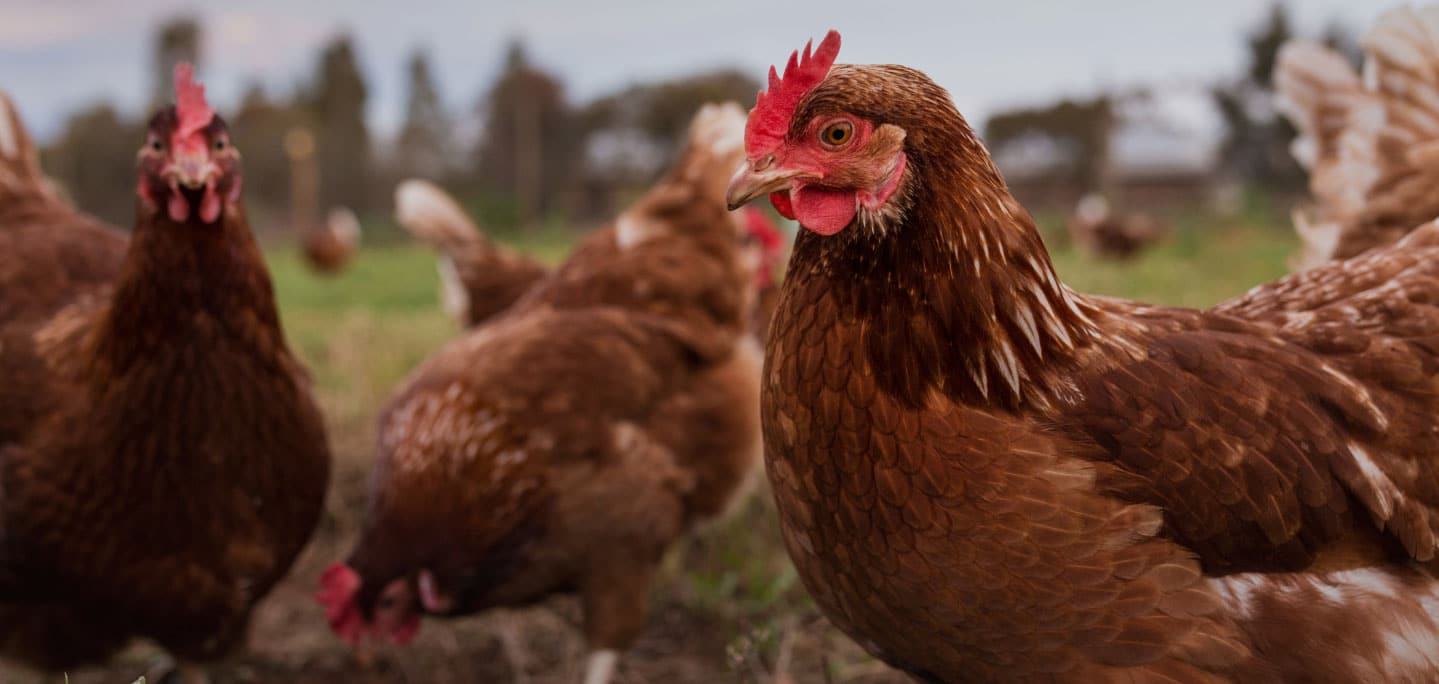December is one of the most popular times of the year to buy lobsters, crabs and other crustaceans. For those who choose to do so, the RSPCA has one very important reminder: don’t buy them alive. Buy them frozen or fresh, but already dead, and make sure they’ve been killed humanely.
Why is this so important
Crustaceans have multiple nerve centres running through their bodies. Research has shown that killing without first stunning the animal and then quickly destroying the nerve centres means they will suffer.
In the UK, a new animal welfare bill now includes lobsters, crabs and octopuses. This came after an independent review found scientific evidence that decapod crustaceans (lobsters, crabs etc) and cephalopod molluscs (octopuses, squid etc) are capable of feeling and therefore should be considered sentient beings. In Australia, whether these animals are protected under State and Territory animal welfare legalisation depends on how that state or territory defines an ‘animal’.
The RSPCA accepts the strong evidence that indicates that crustaceans are capable of experiencing pain and suffering. This means that just like other animals who are slaughtered for food, stunning and killing crustaceans must be done by skilled people using specialised equipment and never done at home or in a restaurant.
How should it be done
Stunning of crustaceans must be reflective of the species, eg whether they are salt or freshwater animals. Getting this wrong means the animal will go into severe shock and die a painful death.
And most crucially, live crustaceans must NEVER be placed in the microwave or into hot or boiling water.
For those working in the seafood industry, including chefs and seafood sellers, the RSPCA has this detailed guide about the most humane way to kill crustaceans for human consumption.
What you can do
1. Never buy your lobsters, crabs, crayfish, Moreton Bay bugs and yabbies alive.
2. Make sure your seafood retailer is killing their crustaceans humanely. Ask about their methods and let them know about the guide.
3. Remember, as a customer, your voice has a lot of influence. You can make a positive difference to how animals are treated with the choices you make and by asking the question and expressing your views to brands and retailers. They are listening, so now has never been a better time to make a point to support better animal welfare.
You might also be interested in Chef Tobie Puttock’s ah-ha moment and the most important farm animal welfare issue in Australia today and A story of change: the restaurants and cafes supporting better welfare for meat chickens

